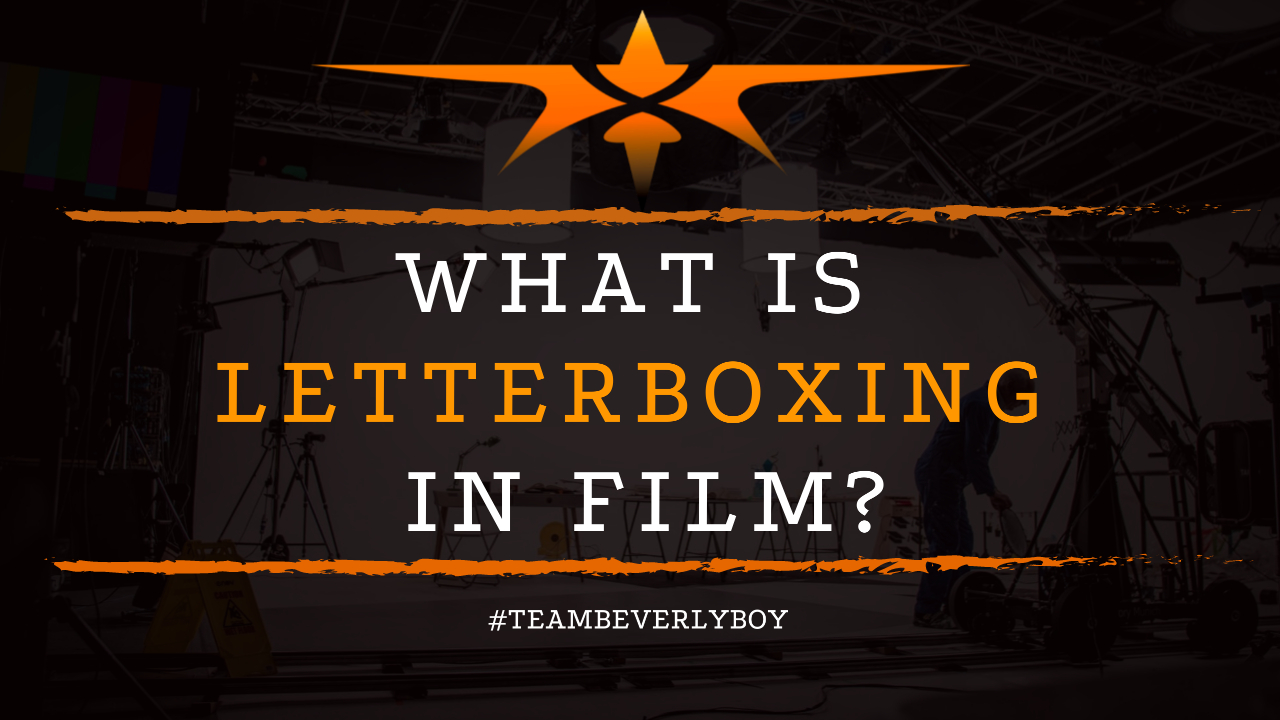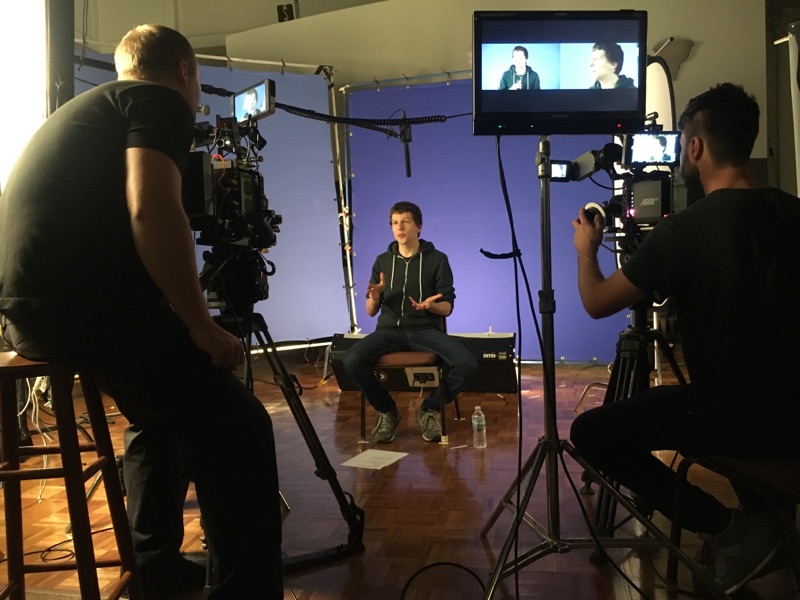
What is Letterboxing in Film?
Have you ever watched a movie on an old television set and wondered what those black lines are that run horizontally above and below the picture? If you’ve ever experienced a widescreen film on a standard, old-set top style television. Then you’ve most certainly experienced letterboxing. Letterboxing has a technical purpose in film. But before you can possibly understand it all. You’re probably wondering, “What is letterboxing?”

What is Letterboxing?
Letterboxing is a technique that is used when displaying a widescreen format film on a traditional, square style television or screen. Those black filler lines that are seen atop and below the image, are actually there for a purpose and it’s not just to fill in the space.
The term “letterbox” has been given to this effect in the film industry. Because if you were to look through the slot of a letterbox (you know, those door holes that the postman would drop mail through) you would get a similar effect. But what’s the purpose of the black space? And why is it there?
The letterbox format, or letterboxing, represents a technique that involves shrinking a film image. So that the image may still appear full width on a television screen, despite the screen being square and not formatted for widescreen.
The purpose is to allow a traditional television set to provide the appearance of a widescreen format without actually being widescreen.
What’s “Wrong” with Letterboxing?
Some people hate letterboxing, and in fact, the technique has had several hurdles over the years in the industry. But why? It clearly provides a widescreen view in a 4×3 screen, so what’s the big deal?
Well, for those who are unhappy with letterbox formatting. They say that the way the image is shrunk. So as to allow for the entire view to fit on the screen makes the image hard to see and small.
The general public actually doesn’t love the letterbox format and would prefer the alternative – pan and scan method.
What is Pan and Scan?
An alternative to letterboxing in film is the pan and scene method. The pan and scan method converts widescreen film footage into the 4×3 aspect ratio. Using a unique process of selecting all of the most important elements of the frame and discarding the difference.
Certainly, pan and scan will reduce the image so that it fits within the dimensions of the screen, but what about the parts of the image that are removed?
Directors argue that the elements outside the “pan and scan” are still important and should therefore not be removed. Whereby the general public argues that they can’t see the picture if you use the letterbox method.
And shrink the entire view to fit rather than simply using a pan and scan method to adjust the view.
Focus on What’s Important
Thus, pan and scan is a popular alternative to letterbox formatting for the general public, but professionals tend to prefer letterboxing.
We also bet that if someone significant to you were to have a part that carried them into the visual outer edges of the widescreen frame’s area.
You’d probably want the letterbox method to be used. So that you could see everything (and everyone) that’s important to scene/or the story.
Pan and scan takes this away, letterboxing makes it possible… So which would you choose?


